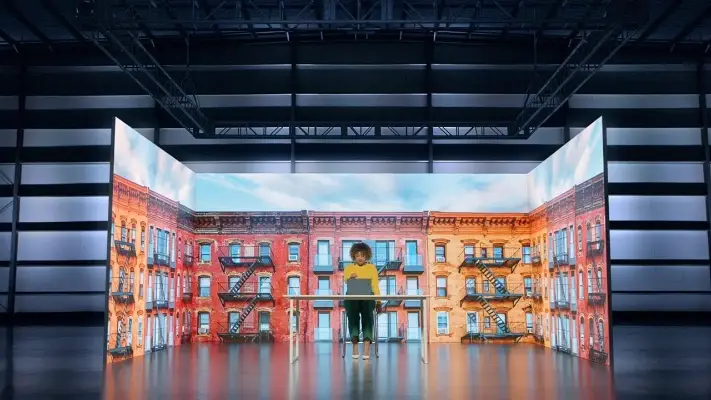Maximizing Visual Effect Via Strategic Material Scheduling in Light Emitting Diode Wall Execution
Wiki Article
Maximizing aesthetic effect throughout LED wall performances requires careful planning and strategic content scheduling. LED walls are powerful tools for visual storytelling, often used in concerts, events, and presentations. The effectiveness of these screens relies not only just upon the quality of the visuals but also on the manner plus timing they are shown. By comprehending the viewers' focus duration plus the rhythm of the occasion, event planners can craft a more engaging encounter that captivates viewers and enhances the overall performance.
One key aspect of strategic content timing is timing. It is vital to synchronize the images to the beat and pace of the performance. For instance, in the course of a music show, images should complement the beat and mood of the music. This synchronization helps to forge a unified encounter that pulls the viewers closer. Additionally, it is crucial to take into account the length of each image segment. Short, striking segments can maintain audience engagement, while longer visuals may be appropriate for instances of reflection or emotional bonding. By varying the length and vigor of the images, organizers can keep the audience interested during the show.

Another important factor is the content in question. The images shown on the light-emitting diode screen should be relevant to the theme of the performance. This relevance helps to reinforce the message being conveyed plus renders the encounter more unforgettable for the viewers. For instance, if the performance is about environmental awareness, using visuals that depict the environment and animals can amplify the narrative. Furthermore, incorporating dynamic elements, such as animations or interactive graphics, can add excitement and keep the audience's attention. The right material, shown at the appropriate moment, can considerably enhance the effect of the show.
Viewer engagement is also a crucial consideration in content scheduling. Understanding the characteristics and tastes of the viewers can inform the choice of images. For example, a youthful crowd may respond better to vibrant hues and quick motion graphics, while an older audience might appreciate more subtle and refined visuals. By tailoring the material to the viewers' interests, organizers can craft a more personalized experience that connects with spectators. Additionally, incorporating audience involvement, such as real-time polls or media engagements, can further enhance engagement and render the performance more interactive.
Finally, assessing the efficacy of the content scheduling is essential for upcoming shows. Gathering responses from the viewers can provide valuable information into what was effective well plus what could be enhanced. This information can help event planners refine their approaches and make informed choices for future events. By continuously evaluating and modifying the visual timing approach, organizers can maximize the visual effect of light-emitting diode screen shows plus craft memorable encounters for visit page their viewers.